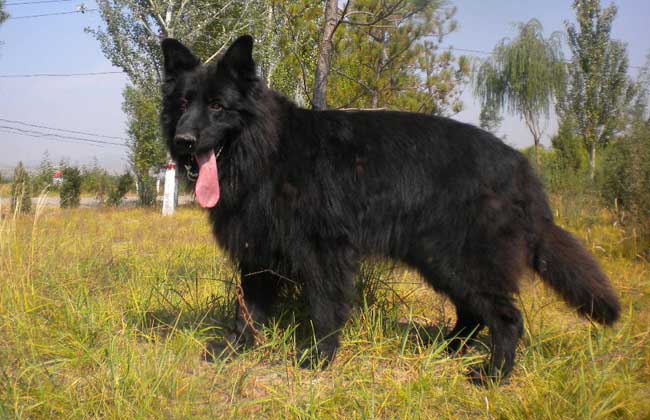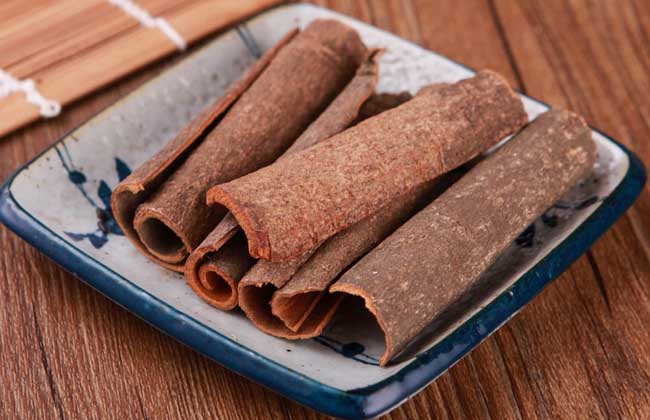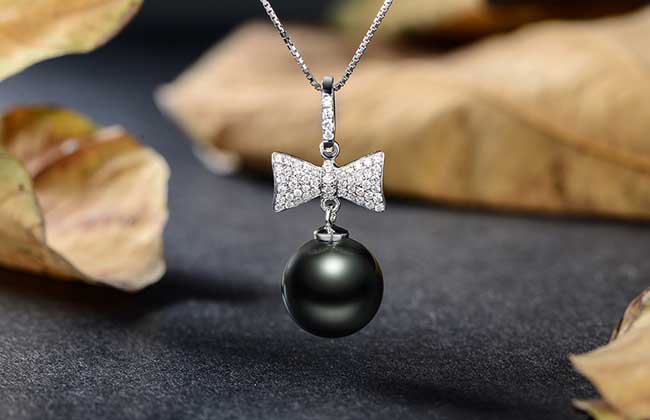How much is a black bear dog?

The Black Bear Dog is a unique breed in North China. It first originated in the plateau. At present, there are only several thousand purebred dogs, which are somewhat similar to Luanda dogs in appearance. They belong to large breeds with a big head and a big mouth. Their eyes are black when they are young, and they are yellow for life after adulthood. Let's take a look at the price of a black bear dog.
How much is a black bear dog?
Because the total number of black bear dogs is not large now, the price is more expensive than before, and the price of puppies is between 3000 and 5000 yuan. If it is to meet acquaintances to buy and sell, the price can be reduced. The price of an adult black bear dog is about 6000 yuan. This still depends on the appearance and how the owner is raised. Health is the most important thing.
How high is the IQ of the black bear dog?
The IQ of a black bear dog is equivalent to that of a 6-to 8-year-old child, so the IQ is also relatively high. It is said that the dog is the most human, in many cases, the dog can consciously understand what the owner means. For the behavior training of the Black Bear Dog, after repeatedly training a password, you will be able to master the action of the password and make a satisfactory response. The password is short and easy to remember, and the tone is consistent. In many difficult password training, it still takes a long time of professional training.
Selection method of Black Bear Dog
1. Facial expression: show alertness, attention and readiness for action. The eyes showed cleverness and doubt.
2. Eyes: Brown, dark brown is better. Medium-sized, slightly almond-shaped, not prominent.
Ears: triangular in shape, firmly erect, in proportion to the head. The outer corner of the ear should not be below the centerline of the eye. It is disqualified to droop like a hound.
4. Neck: arched and extended outward, gradually thinning upward from the joint with the body, well-developed muscles, tight skin.
5. Head: the top of the head is slightly flat, not arched, the width is roughly equal to the length, and the width cannot be greater than the length. The stop is moderate.
6. Muzzle: slightly sharp, not like being truncated, roughly equal to the length of the head. The outline is parallel to the outline of the head. The jaw is strong and strong.
7. Nose: black, no stain or fade. Lips are tight, black, and you can't see pink from the outside.
8. Teeth: the teeth are complete, powerful white teeth, evenly distributed, scissors bite or clamp bite. There can be no protruding bite of the upper jaw or the protruding lower jaw.
9. Topline: the withers are slightly higher and the back is horizontal, straight and firm from the withers to the hips.
10. Chest: not wide, but quite deep, reaching the elbows. The lower ventral line (from the deepest part of the chest to the abdomen) is a smooth and graceful curve.
11. Abdomen: moderately developed, neither excessive lift nor big belly.
12. The waist, viewed from above, appears short, wide and sturdy, with a smooth combination with the back.
13. Shoulder blades: the shoulder blades are long and sloping, leaning back against the body at a clear angle to the forearm (about 90 degrees).
14. Legs: straight, strong and parallel to each other, with oval rather than round bones. The length and texture are well proportioned to the whole. Ankles of medium length, strong, very slightly tilted. Wolf claws can be removed.
15. Feet: round (cat's claws), toes arched and very tight. Toenails are strong and black (except for white nails that match white toes).
16. Buttocks: the buttocks are medium in length and gradually inclined.
Tail: the tail is strong at the base of the tail and the coccyx extends to the hocks. At rest, the tail is drooping and the end is close to the hock. When exercising, the tail is curled up and the end is strong and strong, not like a hook.
18. Thigh: broad and muscular, the upper and lower thigh bones are parallel to the shoulder blades and forearm bones, respectively, forming a clear angle in the posterior knee joint.
19. Coat: the outer coat must be long, suitable, straight and rich. It should not be silky or bristled. The texture is medium and hard, and the undercoat is very thick, which can adapt to various climatic conditions.
Related
- A course of planting techniques and methods on how to grow carrots
- How to plant the latest tulips?
- Is it better to pick tea in the morning or in the afternoon? When is the best time for tea to be picked? what is the third or fifth tea?
- Launch Yuanxiao Happy combination Haocha + Tea Yuan healthy Taste
- Penghu Tourism "Fireworks 20 Parade with You"
- 2022 West Lake Happiness holds "Digital Revitalization Voucher" and draws iphone13 and laptop.
- Banqiao Fuzhou social houses are designed to change start-up combined with police elimination to create a safe and livable environment
- The convenient measure of "mechanical weeding" in Xinbei has been abused and the Agriculture Bureau has imposed heavy penalties on the illegal land consolidation.
- Changgeng University Joins Hands with Four Memory Factories to Rescue Memory Talent Shortage
- The list of Taiwan's top 100 MVP managers is listed by the Director-General of the Farmers' Association of Sanxia District.



